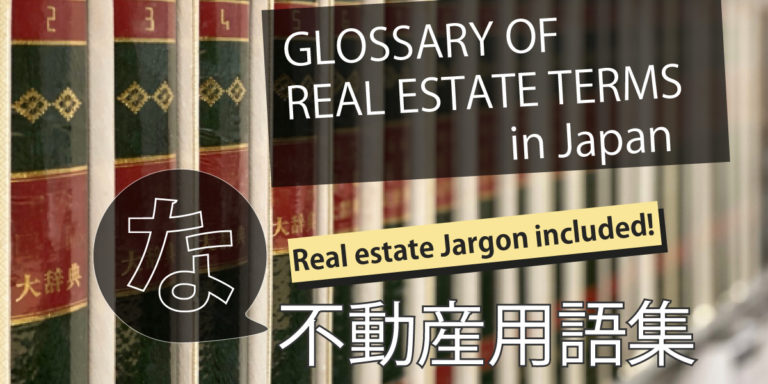Real estate Terms -な(NA)-
内見=内覧 [NAIKEN=NAIRAN] (ないけん=ないらん)
Visiting the site before buying or renting a real estate property.
内容証明郵便 [NAIYOU SHOUMEI YUBIN] (ないようしょうめいゆうびん)
Contents-certified mail. A system whereby the post office retains a copy of the letter (document) sent by the sender so that the post office can officially certify the contents of the letter (document).
内覧会 [NAIRANKAI] (ないらんかい)
An informal touring event attended by a limited number of people. It is held to listen to feedback and opinions, and to explain things prior to the public.
長屋 [NAGAYA] (ながや)
A house in which several dwelling units share a common wall within the same building. It is completely different category under the building code than 共同住宅 [KYODOU JYUTAKU] (きょうどうじゅうたく) “apartments”, which has common areas such as stairs, hallways and entrances.
In the past, most of NAGAYA houses were single-story building, but nowadays it is more common to have a two-story building.
長押 [NAGESHI] (なげし)
A decorative component that surrounds the walls of a Japanese room
Although the NAGESHI was originally a decorative element, it can be used effectively to hang hangers, etc. on the protruding part of the NAGESHI, or to hang hats and bags on the NAGESHI hooks, as well as to hang photos and pictures on the NAGESHI to decorate the wall.
納戸 [NANDO] (なんど)
Originally meaning a room for storing clothes, etc., in real estate advertisements, a room without windows for lighting (or with small windows) is labeled as a “storage room”.
According to the Building Standards Law, a window for natural light in a 居室 [KYOSHITSU] (きょしつ)”room” must be at least one seventh of the floor area of the room.
Therefore, a room that is difficult to install windows for natural lighting due to the structure of the house cannot be considered as a 居室 [KYOSHITSU] (きょしつ)”room” under the Building Standards Law. For this reason, these rooms are labeled as 納戸 [NANDO] (なんど) “storage room” in the sales advertisements of the houses.
Recently, “service room” or even “S” (the first letter of the word) is often used to describe these rooms.

